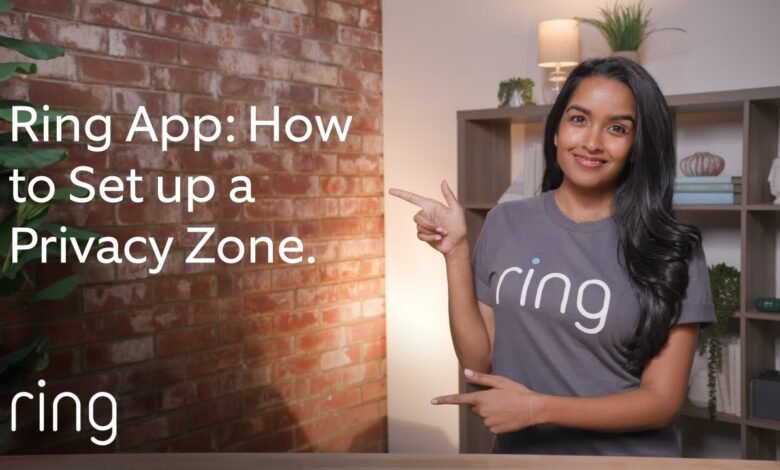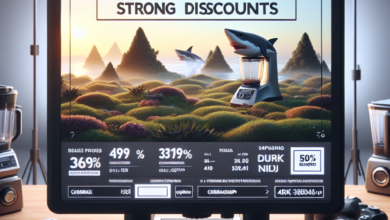Understanding Ring’s Privacy Zones: A Closer Look

Ring, the popular home security company, offers a range of products that allow homeowners to monitor their property and enhance their security. One of the key features of Ring devices is the ability to set up privacy zones, which allow users to exclude specific areas from being recorded or monitored. In this article, we will take a closer look at Ring’s privacy zones, how they work, and their implications for privacy and security.
What are Privacy Zones?
Privacy zones are virtual areas that users can define within the camera’s field of view. These zones can be customized to exclude specific areas from being recorded or monitored. For example, if you have a camera facing a neighbor’s property, you can set up a privacy zone to exclude that area from being captured by the camera.
Privacy zones are particularly useful in situations where there are areas that you do not want to be recorded, such as windows facing a neighbor’s house or areas where your family spends a lot of time. By setting up privacy zones, you can ensure that your privacy is protected while still benefiting from the security features of your Ring device.
How Do Privacy Zones Work?
Ring’s privacy zones work by using advanced computer vision algorithms to detect and exclude the specified areas from being recorded or monitored. When you set up a privacy zone, the camera will analyze the video feed and automatically blur or mask the defined area, ensuring that it is not captured or visible in the recorded footage.
It is important to note that privacy zones do not affect the overall functionality of the camera. The camera will continue to monitor and record the rest of the field of view, providing you with the necessary security coverage.
Benefits of Privacy Zones
Privacy zones offer several benefits for Ring users:
- Enhanced Privacy: By setting up privacy zones, users can protect their privacy by excluding specific areas from being recorded or monitored.
- Reduced False Alarms: Privacy zones can help reduce false alarms triggered by motion detection in areas that are not of interest or relevance.
- Focus on Important Areas: Privacy zones allow users to focus on the areas that matter most to them, such as entrances or high-traffic areas, while excluding less important areas.
Considerations and Limitations
While privacy zones offer valuable benefits, it is important to consider their limitations:
- Camera Field of View: Privacy zones only work within the camera’s field of view. If an area of concern is outside the camera’s range, privacy zones cannot be applied.
- Camera Placement: The effectiveness of privacy zones depends on the camera’s placement. It is important to position the camera in a way that maximizes coverage while minimizing the risk of capturing unwanted areas.
- Technical Limitations: Privacy zones may not be available on all Ring devices or may have certain technical limitations. It is essential to check the specifications and capabilities of your specific Ring device.
Privacy Zones Offer a Valuable Solution for Homeowners
Ring’s privacy zones provide users with a powerful tool to protect their privacy while benefiting from the security features of their Ring devices. By setting up privacy zones, users can exclude specific areas from being recorded or monitored, enhancing their privacy and reducing false alarms. However, it is important to consider the limitations and ensure proper camera placement to maximize the effectiveness of privacy zones. Overall, privacy zones offer a valuable solution for homeowners seeking a balance between security and privacy in their smart home setups.




